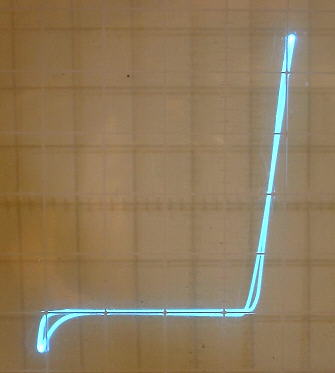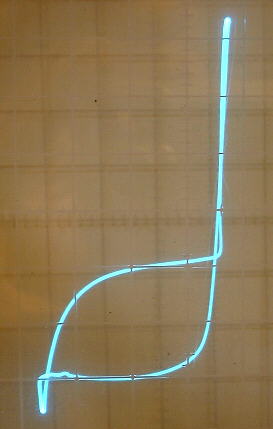I think the most important questions regarding Meyer and Puharich is: can we trust their observations and measurements? I think we can to a large extent. The question wether or not we can trust their interpretation of things is a completely different question, but there is nothing that stops us from making our own interpretation of their observations and measurements
The rim 4 is the housing of the WFC. So, why does he say these originate at the electrode rim, while he draws them a bit away from that??
And how does he know these are hydrogen bubbles just looking trough a microscope? Why aren't these hydrogen + oxygen??? I mean, if the water molecules are shattered then we should get both, right?
And how does he know these are hydrogen bubbles just looking trough a microscope? Why aren't these hydrogen + oxygen??? I mean, if the water molecules are shattered then we should get both, right?
Regarding the protective oxide layer. Most oxides are poor conductors of electricity, and indeed the forced build up of calcium carbonate on the cathodes in my experiments have shown it to be of extremely high resistance - if I've managed to get any value of resistance even to register, that is! Yet charges seem to exchange at the electrode as if the mineral coating was not even there.
Of course a natural oxide protective coating also applies to copper, silver, gold, aluminium and others along with our stainless steel. All have a very effective protective oxide layer that prevents further oxidation and hence corrosion of the underlying metal. And all - particularly in the case of copper and silver - are very good conductors of electricity. So I think we must assume that the electron, being so much smaller than a molecule (or atom) of oxygen, can navigate through the oxide layer to reach the metal underneath, whereas under normal conditions an oxygen molecule can't.
Only when vast amounts of electron current flow occurs does this oxide layer start to fail and allow the ingress of oxygen - which of course would be right at hand on the anode to react.
This very reaction would result in less oxygen being evolved as gas, as instead we get rust. We would also no longer have a stoichiometric volume of hydrogen and oxygen. Thought whether this ultimately plays any part in terms of combustion and energy release is unknown and open to debate.




Comment